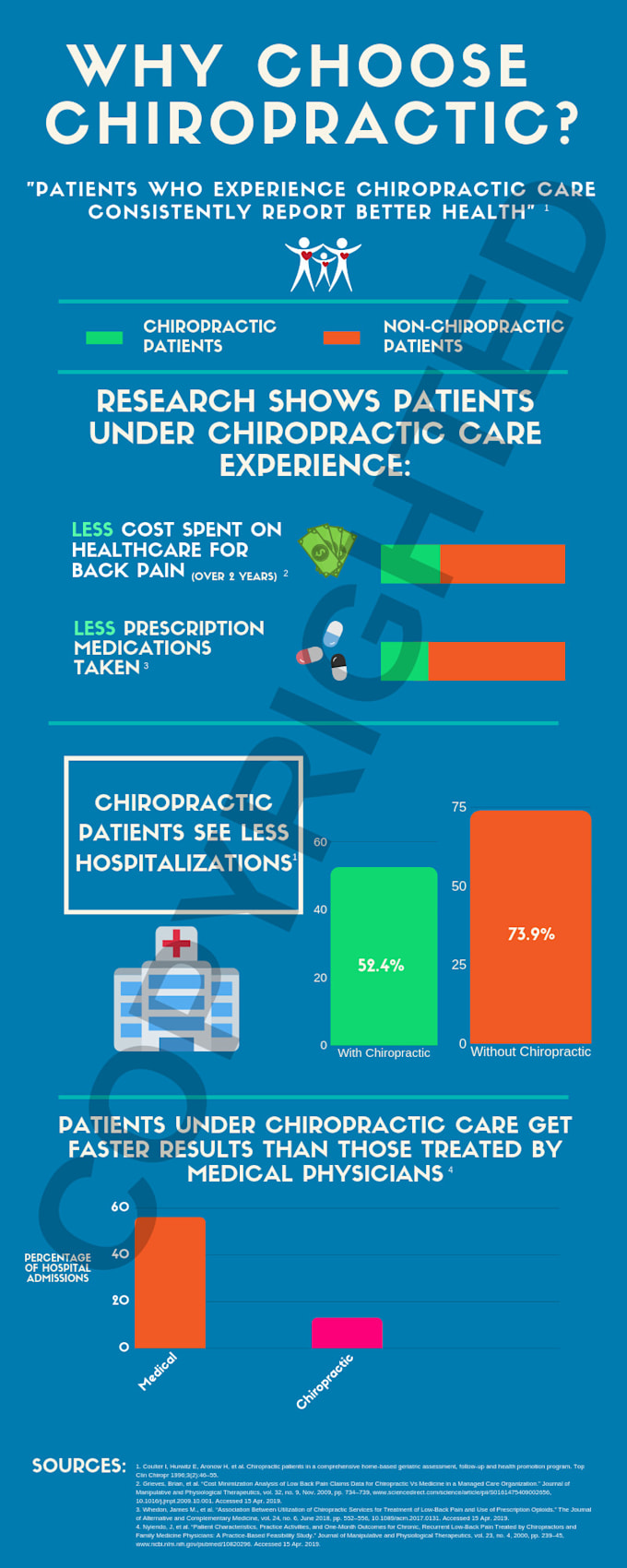The Science Behind Cold Laser Treatment: Comprehending Its Mechanisms And Impacts
The Science Behind Cold Laser Treatment: Comprehending Its Mechanisms And Impacts
Blog Article
Written By-Dougherty Pedersen
You may have heard of cold laser therapy as a promising treatment alternative for various conditions, but have you ever asked yourself exactly how it really works on a cellular degree? Recognizing the systems behind this therapy can shed light on its effectiveness in promoting healing and decreasing inflammation. By exploring the scientific research behind cold laser treatment, you'll get insights into the fascinating methods which light can influence mobile processes and facilitate cells fixing.
Just How Cold Laser Treatment Works
To understand how cold laser treatment functions, you require to realize the essential concepts of how light energy engages with organic tissues. Cold laser treatment, likewise called low-level laser treatment (LLLT), utilizes specific wavelengths of light to pass through the skin and target underlying tissues. Unlike the extreme lasers used in operations, cold lasers emit reduced levels of light that don't create warmth or create damage to the tissues.
When these mild light waves get to the cells, they're soaked up by parts called chromophores, such as cytochrome c oxidase in mitochondria. This absorption activates a series of biological feedbacks, including raised cellular power production and the launch of nitric oxide, which enhances blood flow and minimizes swelling.
Furthermore, the light power can additionally boost the manufacturing of adenosine triphosphate (ATP), the power currency of cells, helping in mobile repair service and regeneration procedures.
In essence, cold laser treatment takes advantage of the power of light energy to promote recovery and reduce discomfort in a non-invasive and gentle manner.
Mechanisms of Action
Just how does cold laser therapy really function to create its restorative results on organic cells?
Cold laser treatment, also called low-level laser treatment (LLLT), operates through a procedure called photobiomodulation. When the cold laser is applied to the skin, the light power penetrates the cells and is taken in by chromophores within the cells.
These chromophores, such as cytochrome c oxidase in the mitochondria, are then stimulated by the light power, leading to a cascade of biological responses. One crucial mechanism of activity is the improvement of mobile metabolic process.
The absorbed light energy enhances ATP manufacturing in the mitochondria, which is important for mobile feature and fixing. Additionally, https://www.marieclaire.com/beauty/laser-treatments-for-acne-scars/ aids to reduce inflammation by preventing inflammatory mediators and advertising the launch of anti-inflammatory cytokines.
This anti-inflammatory impact contributes to discomfort relief and tissue recovery.
Therapeutic Impacts
Comprehending the therapeutic results of cold laser treatment includes recognizing just how the enhanced cellular metabolism and anti-inflammatory residential or commercial properties add to its positive results on biological cells.
When the cold laser is related to the damaged area, it boosts the mitochondria within the cells, resulting in boosted production of adenosine triphosphate (ATP), which is critical for mobile function and repair service. low level laser therapy in mobile power speeds up the recovery process by promoting tissue regrowth and lowering swelling.
In laser treatment for smoking cessation , the anti-inflammatory properties of cold laser treatment aid to lower discomfort and swelling in the targeted location. By preventing inflammatory moderators and promoting the launch of anti-inflammatory cytokines, cold laser treatment help in reducing discomfort and improving the total recovery action.
This reduction in swelling not just supplies immediate alleviation however likewise supports lasting tissue repair service.
Final thought
In conclusion, cold laser treatment works by promoting mobile repair service and cells regeneration with photobiomodulation. Its anti-inflammatory properties offer discomfort alleviation and decrease swelling by hindering inflammatory conciliators.
This treatment provides an extensive strategy to healing, providing both prompt relief and lasting tissue repair work advantages.
Through look at this site of action, cold laser treatment proves to be an efficient and promising treatment alternative for a selection of conditions.
